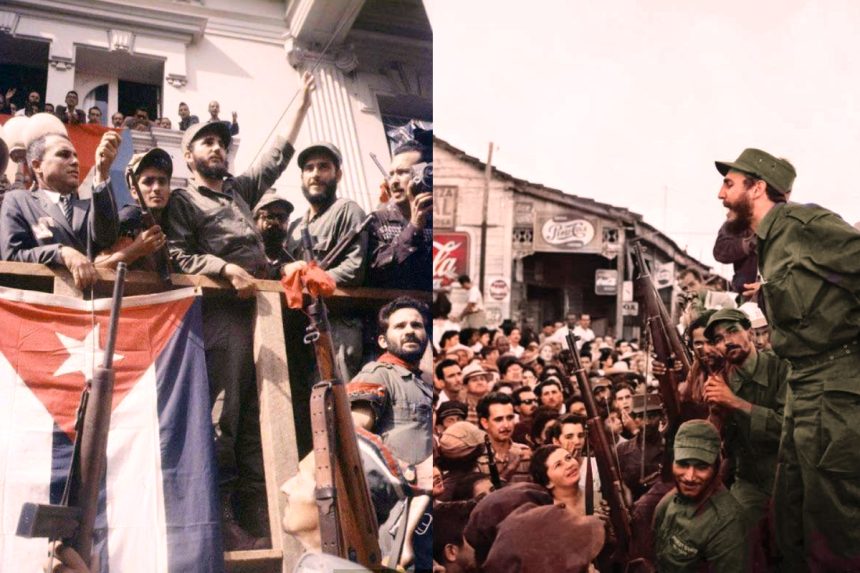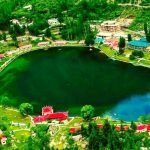- Fidel Castro was born on August 13, 1926 in Birán, Cuba.
- He was the third of seven children born to Ángel Castro.
- He was arrested and imprisoned for participating in demonstration.
Fidel Castro Cuban Revolution: Fidel Castro was born on August 13, 1926 in Birán, Cuba. He was the third of seven children born to a wealthy Spanish landowner, Ángel Castro, and his wife, Lina Ruz González. Castro’s family owned a large sugar plantation and employed many workers on their land.
In 1945, Castro began studying law at the University of Havana. While at university, he became involved in left-wing politics and joined the Orthodox Party, a political group that opposed the Cuban government. In 1947, he was arrested and imprisoned for participating in a demonstration against President Ramón Grau.
Read More: Brief history about Pele
After his release from prison, Castro became more actively involved in opposition to the Cuban government. In 1952, he ran for a seat in the Cuban parliament as a candidate for the Orthodox Party, but was unsuccessful. The following year, Batista seized power in a military coup and became the dictator of Cuba.
Castro responded to the coup by organizing a rebel army and launching a guerrilla campaign against the government. In 1956, he and a small group of followers landed in eastern Cuba and began a campaign of sabotage and guerrilla warfare against the government. The rebellion gained support from many people in Cuba, and Castro’s forces quickly gained ground.
Read More: History of Gilgit-Baltistan
In 1959, Batista fled the country and Castro’s rebels took control of the government. Castro declared himself Prime Minister of Cuba and began implementing a series of sweeping reforms, including land expropriation, the nationalization of industry, and the establishment of a one-party communist state.
Castro’s government was met with mixed reactions. Many people in Cuba welcomed the changes as a way to address long-standing economic and social inequalities, while others opposed the government’s heavy-handed tactics and repression of political opposition.
Read More: Brief History about Quaid-e-Azam
In the early years of Castro’s rule, Cuba became closely aligned with the Soviet Union, and the country received significant economic and military aid from the communist government. This led to increased tensions with the United States, which imposed a trade embargo on Cuba in an effort to isolate the country.
In the 1970s, Castro began to shift his focus away from international relations and towards domestic issues. He implemented a series of social and economic programs designed to improve the lives of ordinary Cubans, including universal healthcare and education.
Throughout his rule, Castro was a controversial and divisive figure. While he was revered by many as a champion of the poor and a symbol of resistance to imperialism, he was also criticized for his authoritarian rule and repression of political opposition.
Read More: Brief history about Christmas Day
In 2008, Castro retired from office due to ill health and handed power over to his brother, Raúl Castro. He passed away in 2016 at the age of 90.





